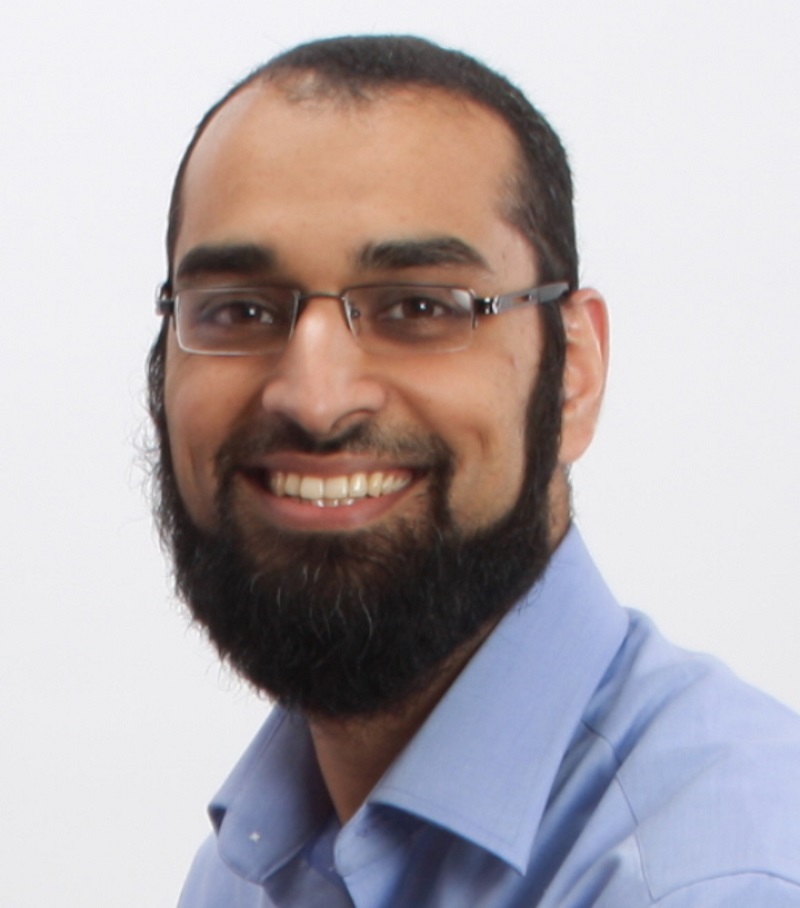
Dr. Kareem Darwish
Doha: From disseminating important information to assisting in potentially life-saving research and development, various forms of technology have a leading role in Qatar’s and the wider world’s response to COVID-19.
Experts from Qatar Computing Research Institute (QCRI) at Hamad Bin Khalifa University (HBKU) outline how social media platforms are tackling the spread of false information, AI’s contribution to research activities, and more.
According to Dr. Kareem Darwish, a principal scientist at QCRI’s Arabic Language Technologies, and Dr. Faisal Farooq, Head of Digital Health research at QCRI, false information concerning COVID-19 includes conspiracy theories, fake cures and questionable political motivations. Popular conspiracies include suggestions that symptoms are caused by sarin gas and that 5G towers are behind the genetic mutation of the virus. Other theories claim that COVID-19 is a hoax designed to subdue and track people, or the work of a secret cabal bent on eliminating populations to save the environment. The effects of such rumors include the creation of a sense of helplessness and complacency among communities.
Social media is currently awash with outlandish cures and remedies for COVID-19. It’s been claimed, for example, that alcohol, tobacco and even cow’s urine are useful for treating symptoms. The politicization of COVID-19 is equally – if not more – controversial. For instance, supporters of Donald Trump initially pushed the narrative that liberals were exaggerating the effects of the virus to undermine support for the US President. Similarly, followers of Narendra Modi have attributed the spread of COVID-19 around India to the Muslim missionary group Tableeghi Jaamat after some of its members tested positive following a religious gathering.

Dr. Faisal Farooq
Social media platforms such as Facebook, Twitter, and YouTube have consistently pointed users to the World Health Organization (WHO) website for reliable information concerning COVID-19. Our research also highlights that many social media users have been actively dispelling rumors and discrediting sources. This is a positive sign, says Dr. Darwish and Dr. Farooq.
“We’ve also observed that open social media platforms have been more successful in reducing fake news and rumors than their messaging counterparts, such as WhatsApp. Similarly, many of these platforms have created dedicated aggregators that distill information from articles, news and organizational posts while providing access to reliable information in a consolidated manner. Nonetheless, some rumors have made their way around social media at an alarming rate. You know you are in trouble when you receive the same video mentioning a specific rumor or conspiracy theory multiple times on WhatsApp,” they said.
Similarly, under the compassionate use criteria many experimental drugs - or drugs approved for other diseases - are being tested on patients. This is resulting in a large number of trials, vast amounts of literature and the generation of new clinical data. AI and other data mining technologies are being utilized to generate insights from this data to answer high priority scientific questions. For example, the COVID-19 Open Research Dataset (CORD19) released by various organisations is now part of a strategic call to the scientific community from the White House for contributions. This includes the discovery of novel treatments or the off-label use of approved medicines, says Dr. Darwish and Dr. Farooq.
Also artificial Intelligence is being applied to various aspects of the pandemic. For instance, China has deployed an AI radiology tool that uses CT images to diagnose COVID-19. This helped the country to overcome a shortage of test kits, which otherwise remains the standard practice within the scientific community. Variants of AI technology were also used to identify and track possible outbreaks and disease clusters, as well as patients entering quarantine and self-isolation.
“Researchers are also using AI to identify novel and existing drug candidates based on molecular structure and protein interactions. While this does not obviate the need for lab testing, it significantly speeds up candidate generation. Elsewhere, research is ongoing into a data-driven approach to predict various end points like severity, length of recovery and mortality. If successful, this approach will prove extremely useful in situations where proper resource utilisation is critical,” says Dr. Darwish and Dr. Farooq.




